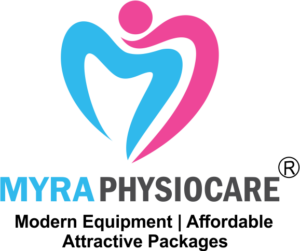Trigger Finger
Trigger finger, also known as stenosing tenosynovitis, is a condition where one or more fingers become stuck in a bent position, and then suddenly snap straight. It is caused by inflammation of the tendons that flex the fingers and can be painful.
Physiotherapy can be a helpful treatment option for trigger finger. Here are some exercises that may be recommended:
-
Finger flexor stretch: Place your affected hand on a flat surface with your palm facing down. Gently apply pressure to the fingertips with your other hand until you feel a stretch in the fingers. Hold for 15-30 seconds and repeat 2-3 times.
-
Finger extensor stretch: Place your affected hand on a flat surface with your palm facing up. Use your other hand to gently bend your fingers back towards your wrist until you feel a stretch in the fingers. Hold for 15-30 seconds and repeat 2-3 times.
-
Grip strengthening exercises: Squeeze a soft ball or sponge in your affected hand for a few seconds and then release. Repeat 10-15 times.
-
Tendon gliding exercises: Make a fist with your affected hand, then slowly open your fingers and stretch them as far as possible. Hold for a few seconds, then slowly close your fingers back into a fist. Repeat 10-15 times.
-
Hand and wrist stretches: Gently stretch your hand and wrist in various directions, such as up and down, side to side, and in a circular motion. Hold each stretch for 15-30 seconds and repeat 2-3 times.
It is important to perform these exercises under the guidance of a qualified physiotherapist to ensure proper technique and avoid aggravating the condition. In addition to exercises, other physiotherapy treatments such as ultrasound, massage, and joint mobilization may be helpful for trigger finger.
Why Choose Trigger Finger physiotherapy
Trigger finger physiotherapy may be an effective treatment option for individuals with trigger finger for several reasons:
Non-invasive: Physiotherapy for trigger finger is a non-invasive treatment option, meaning it does not involve any surgery or medications. It is a conservative approach that aims to reduce symptoms and improve function through exercise and other manual techniques.
Customized treatment: A qualified physiotherapist can provide a personalized treatment plan based on the individual’s specific needs and goals. The physiotherapist will assess the severity of the condition and design an exercise program to improve strength, flexibility, and range of motion.
Overall, trigger finger physiotherapy can be an effective treatment option for individuals looking to improve their hand function and reduce symptoms of trigger finger. It is important to work with a qualified physiotherapist who can provide individualized care and ensure proper technique and progression of exercises.
